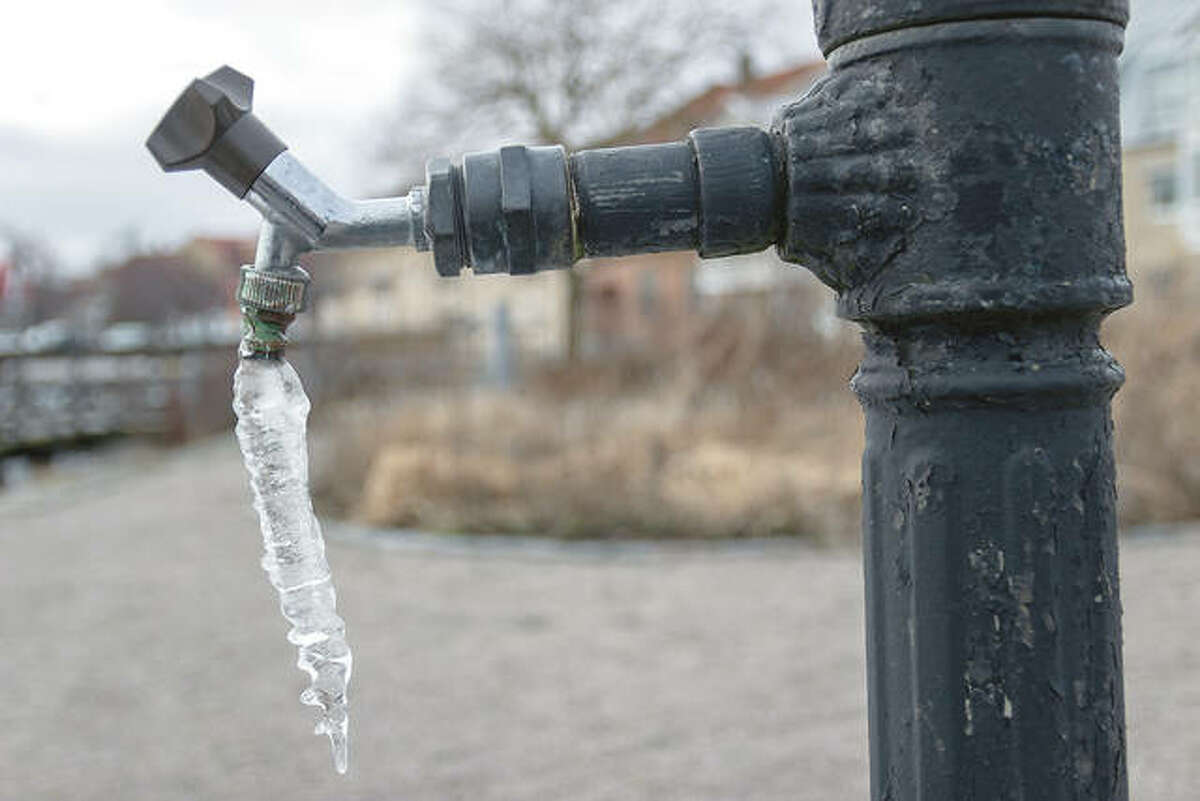Critical Approaches for Preventing Frozen Plumbing in Winter
Critical Approaches for Preventing Frozen Plumbing in Winter
Blog Article
Presented here below you can discover a good deal of superb guidance in regards to 6 Ways to Prevent Frozen Pipes.

Cold weather can damage your pipes, especially by freezing pipes. Below's exactly how to stop it from occurring and what to do if it does.
Intro
As temperatures decrease, the danger of icy pipelines increases, potentially resulting in expensive fixings and water damages. Understanding how to prevent frozen pipelines is important for house owners in chilly climates.
Prevention Tips
Insulating prone pipelines
Cover pipelines in insulation sleeves or use warm tape to protect them from freezing temperatures. Focus on pipes in unheated or outside locations of the home.
Heating methods
Maintain interior areas appropriately heated, specifically locations with plumbing. Open up cupboard doors to permit warm air to distribute around pipelines under sinks.
Just how to recognize icy pipes
Try to find decreased water flow from taps, uncommon odors or sounds from pipelines, and visible frost on revealed pipes.
Long-Term Solutions
Architectural changes
Take into consideration rerouting pipes far from exterior wall surfaces or unheated areas. Include additional insulation to attics, cellars, and crawl spaces.
Updating insulation
Invest in top quality insulation for pipelines, attic rooms, and walls. Correct insulation assists keep consistent temperatures and decreases the danger of icy pipelines.
Protecting Outdoor Plumbing
Garden hose pipes and outside faucets
Detach and drain yard pipes before wintertime. Mount frost-proof faucets or cover outdoor faucets with insulated caps.
Comprehending Icy Pipes
What causes pipes to ice up?
Pipes freeze when subjected to temperature levels below 32 ° F (0 ° C) for prolonged durations. As water inside the pipelines freezes, it expands, taxing the pipe wall surfaces and possibly causing them to rupture.
Risks and problems
Icy pipelines can cause supply of water disturbances, home damages, and expensive repairs. Ruptured pipes can flooding homes and cause considerable structural damage.
Signs of Frozen Pipeline
Determining icy pipes early can avoid them from bursting.
What to Do If Your Pipes Freeze
Immediate activities to take
If you suspect frozen pipelines, maintain faucets available to relieve pressure as the ice thaws. Make use of a hairdryer or towels soaked in hot water to thaw pipelines gradually.
Conclusion
Protecting against frozen pipes calls for aggressive procedures and fast feedbacks. By recognizing the causes, signs, and safety nets, homeowners can secure their plumbing during cold weather.
5 Ways to Prevent Frozen Pipes
Drain Outdoor Faucets and Disconnect Hoses
First, close the shut-off valve that controls the flow of water in the pipe to your outdoor faucet. Then, head outside to disconnect and drain your hose and open the outdoor faucet to allow the water to completely drain out of the line. Turn off the faucet when done. Finally, head back to the shut-off valve and drain the remaining water inside the pipe into a bucket or container. Additionally, if you have a home irrigation system, you should consider hiring an expert to clear the system of water each year.
Insulate Pipes
One of the best and most cost-effective methods for preventing frozen water pipes is to wrap your pipes with insulation. This is especially important for areas in your home that aren’t exposed to heat, such as an attic. We suggest using foam sleeves, which can typically be found at your local hardware store.
Keep Heat Running at 65
Your pipes are located inside your walls, and the temperature there is much colder than the rest of the house. To prevent your pipes from freezing, The Insurance Information Institute suggests that you keep your home heated to at least 65 degrees, even when traveling. You may want to invest in smart devices that can keep an eye on the temperature in your home while you’re away.
Leave Water Dripping
Moving water — even a small trickle — can prevent ice from forming inside your pipes. When freezing temps are imminent, start a drip of water from all faucets that serve exposed pipes. Leaving a few faucets running will also help relieve pressure inside the pipes and help prevent a rupture if the water inside freezes.
Open Cupboard Doors
Warm your kitchen and bathroom pipes by opening cupboards and vanities. You should also leave your interior doors ajar to help warm air circulate evenly throughout your home.

Do you appreciate reading up on How to Prevent Your Pipes From Freezing? Write a remark below. We would be delighted to listen to your opinions about this write-up. We hope that you visit us again in the near future. Those who liked our blog posting if you please make sure you remember to pass it around. Many thanks for your time invested reading it.
Schedule A Service Call Report this page